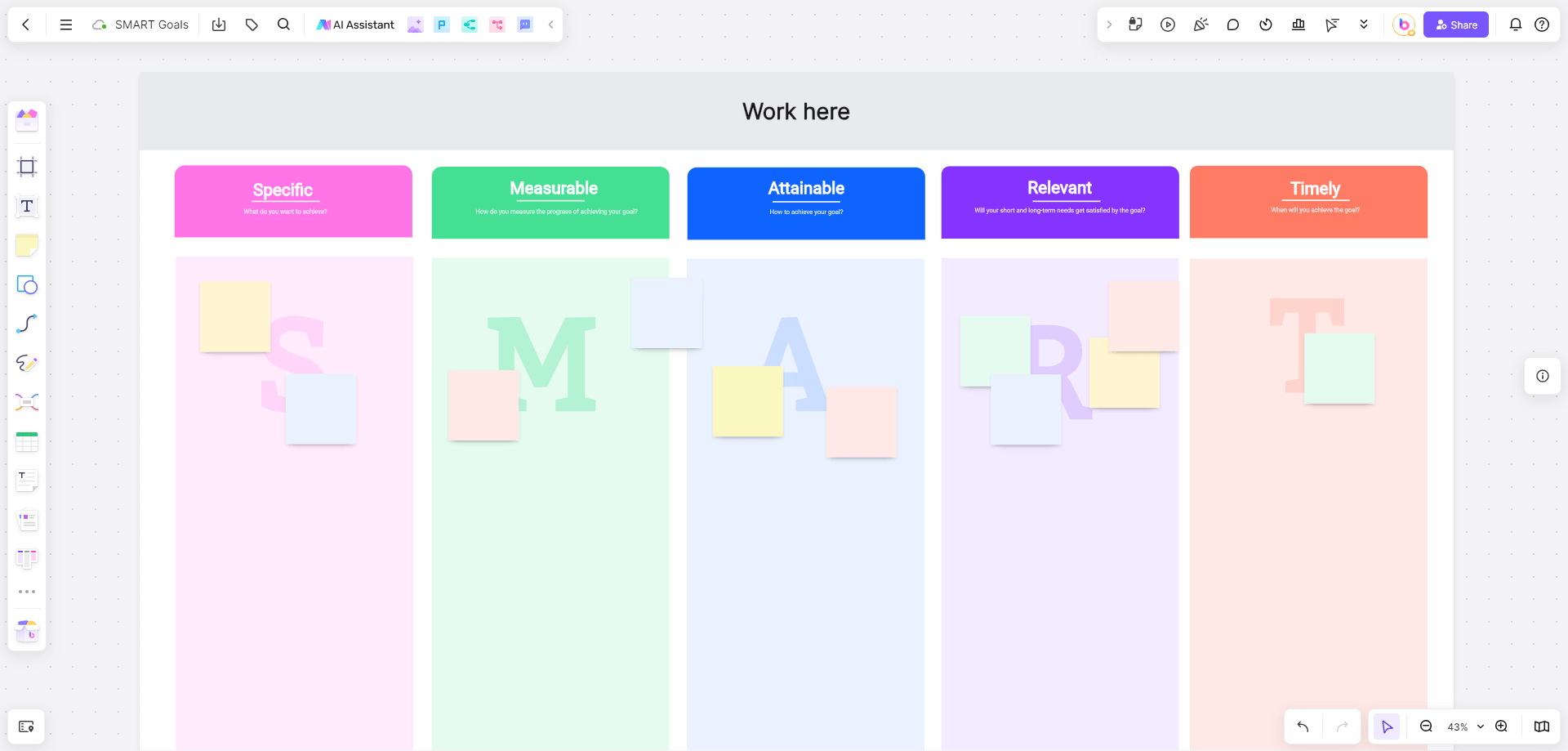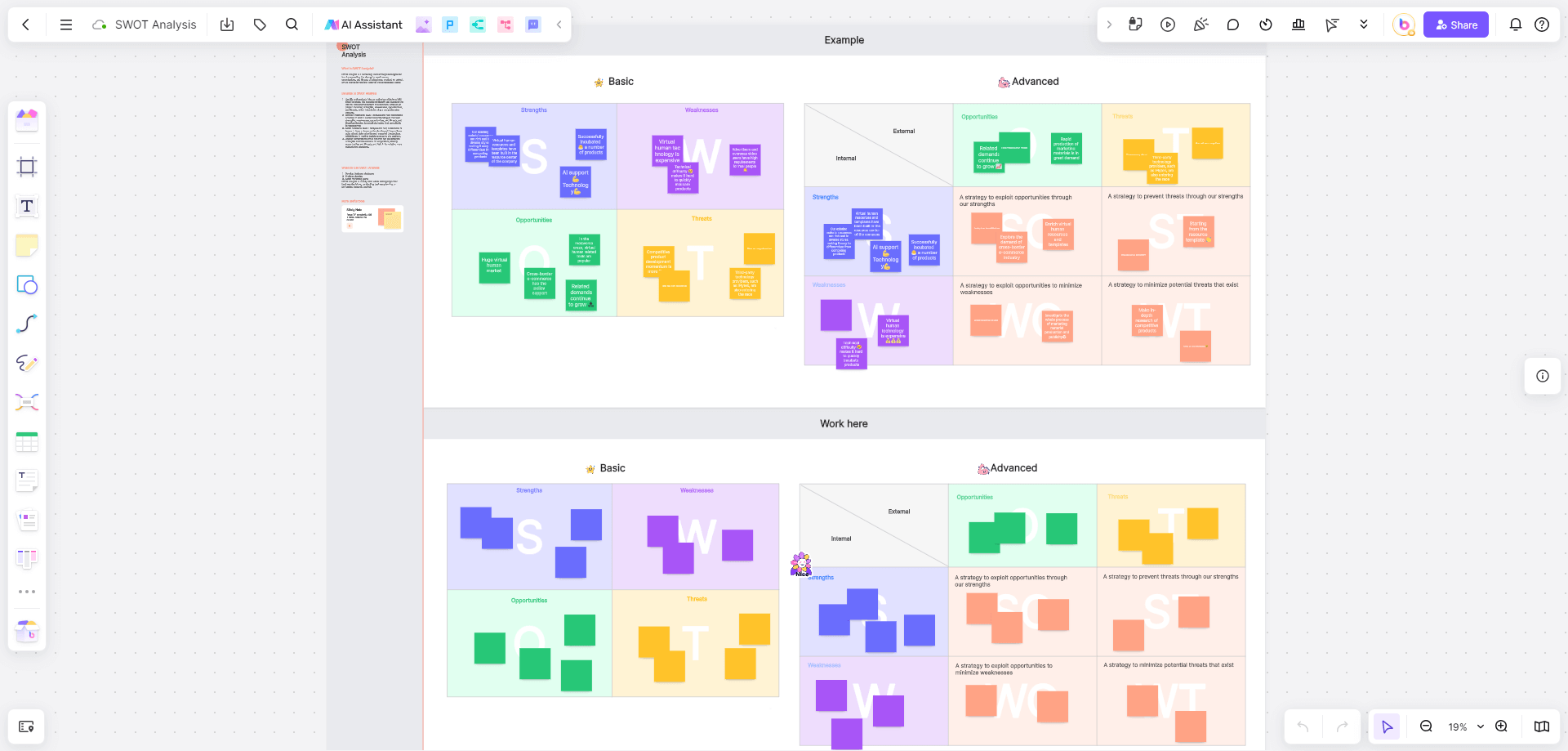In today's digital era, managing IT projects effectively has become a critical aspect of business operations. Understanding the intricacies of IT project management is essential for successful project execution. This comprehensive guide will delve into what IT project management entails, its various phases, the role and responsibilities of an IT project manager, and potential challenges faced in this field. It will also explore how modern tools can help streamline these processes for better efficiency and outcomes.
Part 1. What is IT Project Management?
IT Project Management is a specialized form of project management where IT projects are planned, organized, and managed in a way that allows for the successful achievement of specific information technology goals. These projects can range from software development and hardware installations to network upgrades or cloud computing advancements.
Each project is unique, but they all involve a series of tasks that need to be completed within certain constraints. These constraints often include scope, time, and budget. The scope refers to what needs to be accomplished by the project; time refers to the timeframe in which the project needs to be completed; and budget refers to the financial resources allocated for the project.
The primary challenge of IT project management is balancing these three constraints against the quality of work produced. It's about achieving all project goals while adhering to preconceived parameters. This requires careful planning and organization, as well as effective communication among team members and stakeholders.
Furthermore, IT Project Management also involves managing risks associated with technology changes or updates, ensuring that any new system implemented integrates well with existing systems, maintaining data security throughout the process, and ensuring compliance with any relevant regulations or standards.
In essence, IT Project Management is not just about technical aspects but also involves strategic planning, risk management and excellent communication skills.
Part 2. The Phases of IT Project Management
Understanding the structure of IT project management is crucial for its successful execution. This structure is often referred to as the project lifecycle, which provides a step-by-step roadmap for managing and controlling IT projects. The lifecycle not only helps ensure that all aspects of a project are covered, but it also aids in maintaining control over each stage. Let's delve into these stages or phases to gain a deeper understanding of how they contribute to the overall process of IT project management.
- Initiation: This phase involves defining the project at a broad level.
- Planning: Detailed step-by-step plans are developed to outline how the team will achieve the objectives.
- Execution: The team starts working on the tasks outlined in the plan.
- Monitoring & Control: Progress is tracked and changes are made as necessary.
- Closure: Once all tasks are completed successfully, the project is closed.
Each phase has its unique set of activities that need careful attention for successful completion - missing out on any could lead to project failure or inefficiencies!
Part 3. What Does an IT Project Manager Do?
An IT Project Manager plays a pivotal role in the lifecycle of an IT project, overseeing every aspect from its initiation to closure. They are essentially the driving force behind the project, ensuring that it stays on track and meets the defined objectives.
At the heart of their responsibilities is planning and defining scope. This involves understanding the project's goals, determining what work needs to be done to meet these goals, and outlining the tasks required. They also develop schedules, setting timelines for when each task should be completed to ensure timely delivery of the project.
Cost estimating and budgeting is another crucial responsibility. The IT Project Manager must forecast how much the entire project will cost and then allocate resources accordingly to stay within this budget.
Resource allocation involves assigning tasks to team members based on their skills and expertise, while risk analysis entails identifying potential issues that could derail the project and developing strategies to mitigate them.
Quality assurance is also a key duty. The IT Project Manager must ensure that all work meets or exceeds set standards, often through regular testing and reviews.
As a team leader, they need to motivate their team members, resolve conflicts, and foster a positive working environment conducive to productivity. Strategic influencing involves persuading stakeholders about certain decisions or changes for the betterment of the project.
Moreover, effective stakeholder communication is vital. The IT Project Manager serves as a liaison between different stakeholders such as clients, team members, suppliers etc., keeping them informed about progress updates or any changes in plans.
Part 4. Challenges for IT Project Management
Managing IT projects comes with its own unique set of challenges. One of the most common issues is aligning the project with overarching business goals. This requires a clear understanding of the organization's strategic objectives and ensuring that the IT project supports these aims.
Dealing with technological changes is another significant challenge. The rapid pace of technological advancements means that IT projects need to be flexible and adaptable. Project managers must stay abreast of new technologies, tools, and industry trends, and be ready to pivot their strategies when necessary.
Effective resource management can also pose a challenge. This involves not just managing physical resources like hardware or software, but also human resources - assembling a team with the right skills for the project, scheduling tasks efficiently to avoid overloading team members, and resolving any conflicts that may arise.
Ensuring security compliance is particularly crucial in IT projects due to the sensitive nature of data involved. Project managers must ensure that all aspects of the project adhere to relevant laws, regulations, and best practices for data security.
Maintaining quality control standards is another common hurdle. This involves setting up regular checks and balances throughout the project lifecycle to ensure that all deliverables meet or exceed set standards.
Additionally, communication can often be a challenge in IT projects due to their technical nature. Translating complex technical jargon into simple language for stakeholders can be difficult but is essential for effective collaboration and decision-making.
Part 5. Streamline IT Project Management with Boardmix
Boardmix is a powerful online whiteboard tool designed to make collaboration easier than ever before - especially when it comes to managing complex projects like those in Information Technology sector! With features like real-time collaboration tools, extensive drawing templates etc., it simplifies every phase of your projects making them more efficient and effective!
Key features of Boardmix:
- Real-Time Collaboration: Enables simultaneous work on the same board for enhanced team communication and coordination.
- Extensive Drawing Templates: Provides a variety of templates for easy visualization of complex ideas and processes.
- Interactive Sticky Notes: Facilitates quick note-taking, ideal for brainstorming sessions or agile methodologies.
- Document & File Sharing: Allows direct file uploads and sharing on the board for centralized access to relevant files.
- Commenting & Annotation: Enables team members to leave comments or annotations directly on the board, promoting discussion and capturing input.
- Presentation Mode: Transforms boards into slideshows for stakeholder meetings or team presentations.
- Accessibility & Flexibility: As an online tool, Boardmix can be accessed from any device with internet connectivity.
- Security Features: Robust security features ensure data protection in IT projects.
- Infinite Canvas: Offers unlimited space to map out complex projects with an automatically adjusting canvas size.
Conclusion
Mastering effective strategies for managing your organization's critical information technology projects is not just beneficial, it's essential. It can significantly enhance operational efficiency, reduce risks associated with failed projects or missed deadlines, and ultimately drive business success. With Boardmix, you have a powerful tool at your disposal that can streamline your IT project management processes. From real-time collaboration to extensive drawing templates and interactive sticky notes, Boardmix offers features designed to facilitate communication, simplify complex tasks, and ensure a smoother, more efficient workflow. Embrace the future of IT project management with Boardmix!









